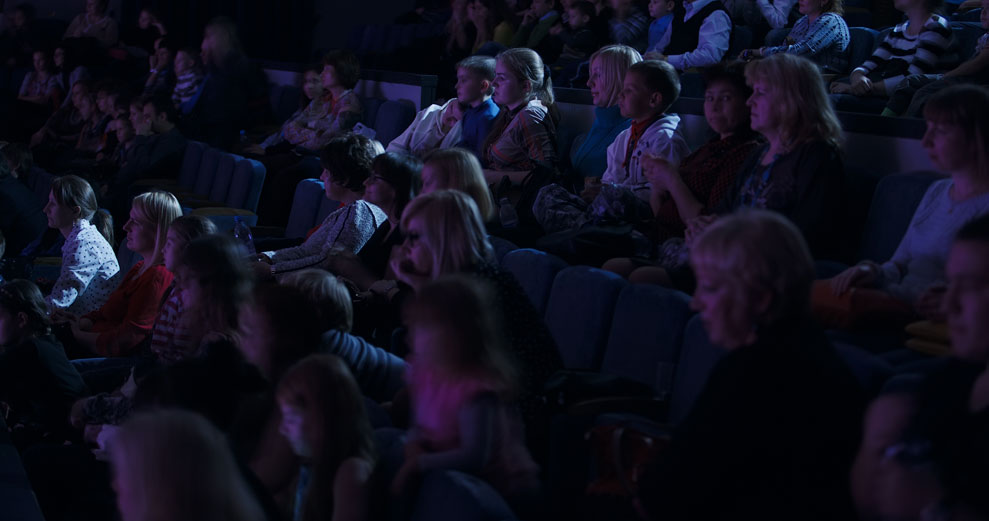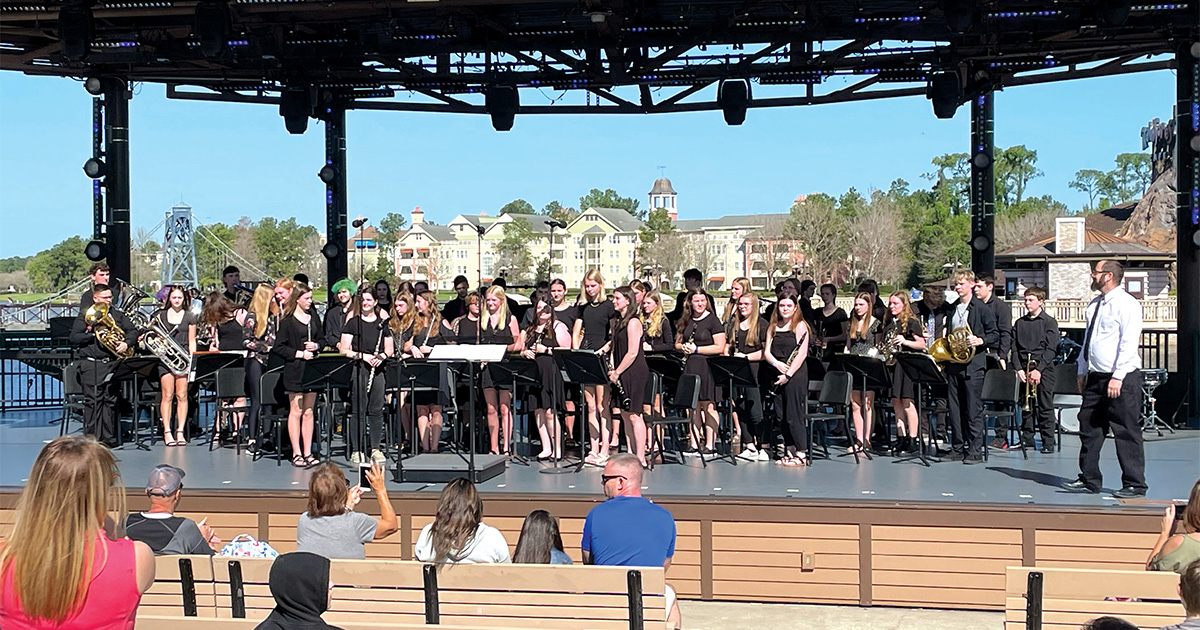For parents of children with autism, planning comfortable experiences may be daunting. While many travel professionals are familiar with venue accessibility as far as wheelchairs-friendly accommodations and adaptations for those with sight or vision impairments, modifications for visitors with autism or other disabilities that create sensory sensitivities is a more recent development.
Those on the autism spectrum may exhibit both over- and under-sensitivity to sensory stimulation—sight, sound, touch, smell and taste. Overstimulation could lead to a “meltdown,” according to The National Autistic Society. Creating an enjoyable environment for patrons on the autism spectrum can involve simple changes, such as preparing the individual for what to expect during a performance, reducing the amount of sensory stimulation, and relaxing certain expectations or rules, such as not talking during a performance and staying seated.
The Kennedy Center offers performances with lower sound levels, reduced strobe lighting, designated quiet areas, space within the theater for standing and movement, limited crowds and additional adaptations. Pre-visit guides provide an explanation of what to expect during a performance, including video links to events that may occur during the presentation, a virtual venue tour, and diagrams of the theater with a breakdown of sensory conditions in each area.
The Pittsburgh Symphony Orchestra and Pittsburgh Ballet both offer accommodations, striving to provide environments that are nonjudgmental and supportive coupled with performance modifications and changes in behavioral expectations. The orchestra’s website notes that patrons may “freely respond to shows in their own way and without judgment … patrons are welcome to do things like sing or dance.” A variety of other modifications help to provide a comfortable environment: pre-visit materials, noise-blocking headphones, and omission of strobe lights and sudden loud noises, for example. At the ballet, similar modifications are employed, among them relaxed house rules, reduction of sound levels and elimination of startling special effects. Specially trained staff, dancers, ushers and volunteers are on-hand at these performances.
The Children’s Theatre of Cincinnati offers similar modifications, including a welcoming, supportive environment, light and sound adjustments during the performance, specially trained staff, and a downloadable Social Narrative providing pictures of the theater and production, character guides and other materials to help patrons feel more comfortable by familiarizing them with what to expect.
In 2012, the National Autism Theatre Initiative, through the Theatre Development Fund (TDF), began providing support for organizations to plan autism-friendly performances. Great Lakes Theatre Festival, Pittsburgh Ballet and Pittsburgh Cultural Trust, Cincinnati Children’s Theatre and Royal Manitoba Theatre Center are some of the organizations to complete the training. Many Broadway theaters offer autism-friendly performances, such as The Lion King, The Phantom of the Opera, Aladdin and Kinky Boots. A complete list of venues that have participated in the training—and upcoming shows that are autism-friendly—is found on the tdf.org/autism website.
Written by Jennifer Reynolds. This article originally appeared in the September/October 2017 issue of Groups Today magazine.




